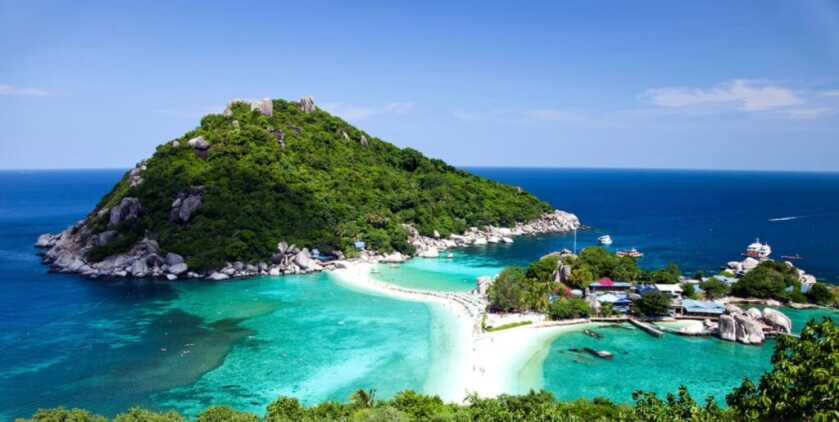
What is it about Haiti? The poorest country in the Western hemisphere, Haiti just seems cursed. Haiti is located on the island of Hispaniola in the Greater Antilles Archipelago of the Caribbean Sea. Haiti ought to be, on the surface at least, an idyllic tropical paradise.

Haiti is the third-largest country in the Caribbean by area and sports a population of some 11.4 million people. However, since the turn of the recent century, Haiti has had more than its share of foul luck. The country has been subjected to a couple of devastating earthquakes. The temblor in August of 2021 killed more than 2,200 people. The 2010 quake claimed more than a quarter-million lives.
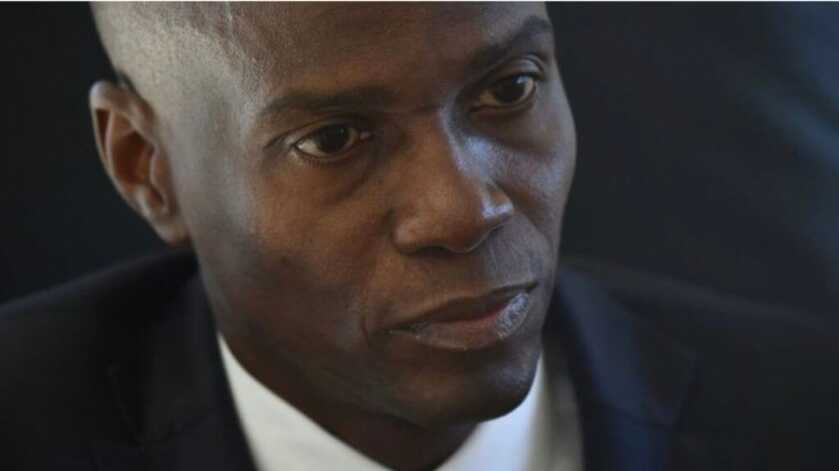
On July 7, 2021, a group of 28 mercenary fighters attacked the Presidential residence in Haiti and killed Jovenal Moïse, the controversial chief executive of this impoverished country. They also gunned down the man’s wife. She survived and was subsequently taken to the US for treatment. Given its audacity and the obvious military acumen of the players involved, the operation that killed this man was an undeniably impressive feat of arms.
The Op

I’m typing this fairly soon after the event. Details are still a bit sketchy. If new information arises before this piece hits the streets be patient with me.

The Haitian Presidential residence is located in the Pelerin 5 neighborhood in the hills overlooking Port au Prince, the Haitian capital. The Haitian President, his wife Martine, and their adult daughter Jomarlie were present along with at least two domestic staff and some twenty-four security officers. At 0100 on July 7, 2021, several SUVs drove up and disgorged a contingent of “white armed men.” These operators were dressed in tactical clothing and heavily armed. They moved like they knew what they were doing.
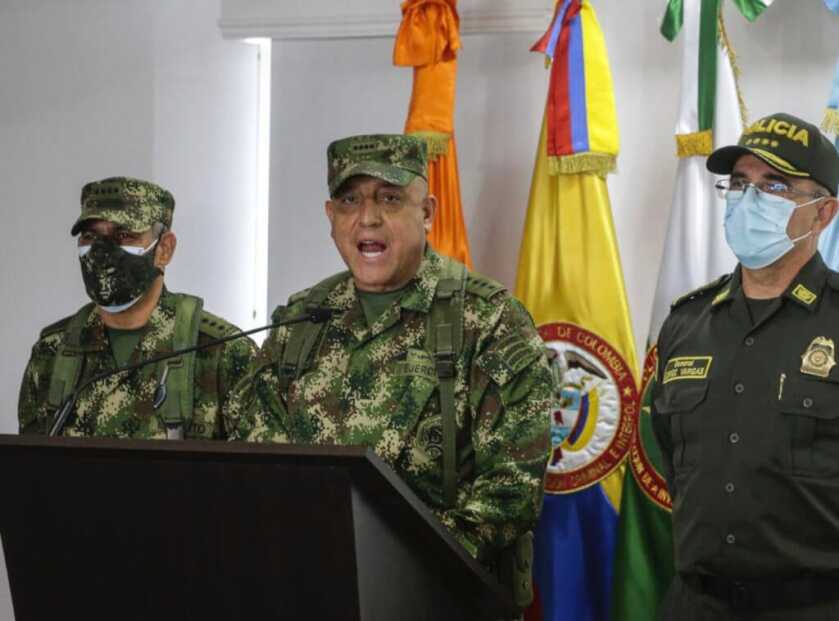
Upon their arrival, one of the attackers shouted through a portable loudspeaker, “DEA operation, everybody stay down!” The US DEA later offered assurances that they had nothing to do with the whole sordid affair. Apparently, the swiftness of the attack along with its violence of action was adequate to convince the Haitian security force not to resist. There have been subsequent allegations of collusion as well.
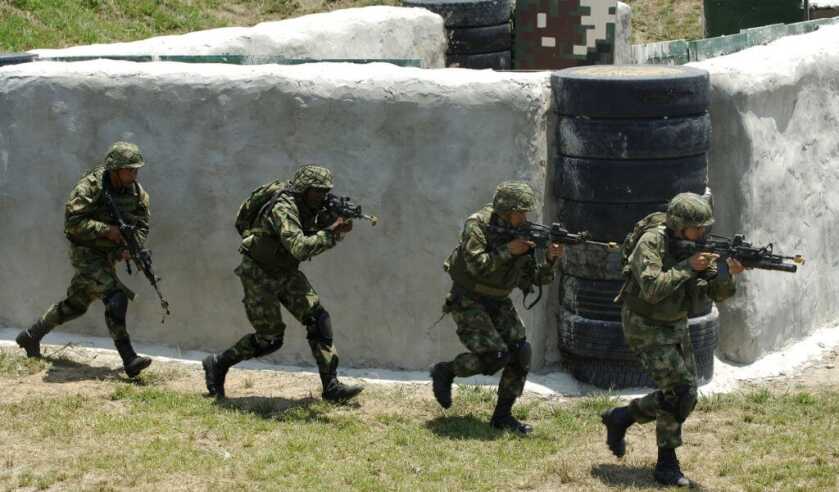
Seven of the gunmen moved into the residence. The remaining twenty-one stayed outside to pull security. Of the seven, four, designated the “Delta Team,” did the actual killing. Those four were apparently some fairly serious shooters.

It was the middle of the night, and the assault force enjoyed the element of surprise. They moved through Moïse’s office and bedroom until they had the President cornered. They then shot him all to pieces. A post-mortem evaluation showed that he was hit 12 times in his chest, arms, right leg, left hip, and left eye.

In the process, the assault team shot Moïse’s wife Martine in the arms and thighs. As she resisted the attack she also suffered injuries to her hands and belly. Throughout the whole sordid mess, their daughter hid in a bathroom and escaped without injury. Investigators later reported that the residence was littered with 5.56mm and 9mm cases.
The Aftermath
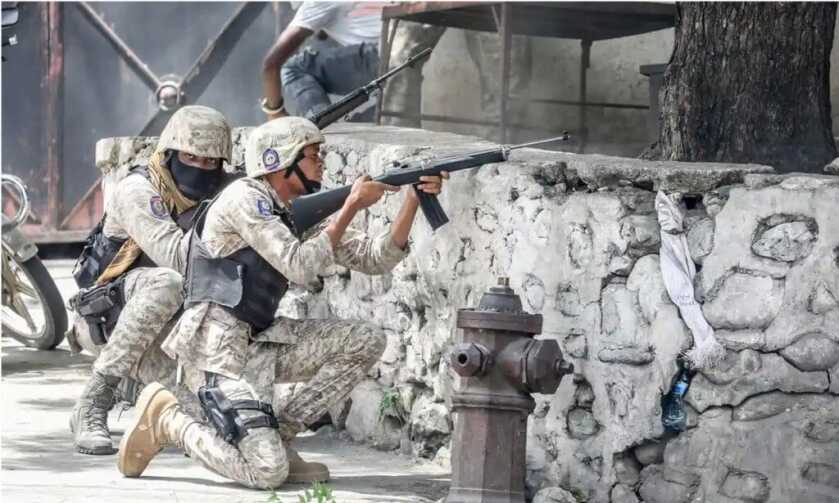
The brutal killing resulted in a massive mobilization of Haitian law enforcement that ultimately accounted for all but five of the attackers. The story of the team’s recruitment and organization could have been drawn from the pages of an action novel. Two of the twenty-eight mercenaries were Haitian-Americans. The rest of the assault team hailed from Colombia.

The details are still sketchy, but many of the Colombian operators appear to have been hired under false pretenses. Four different international companies purportedly did the hiring. Nobody yet knows for certain who all was behind the mission.
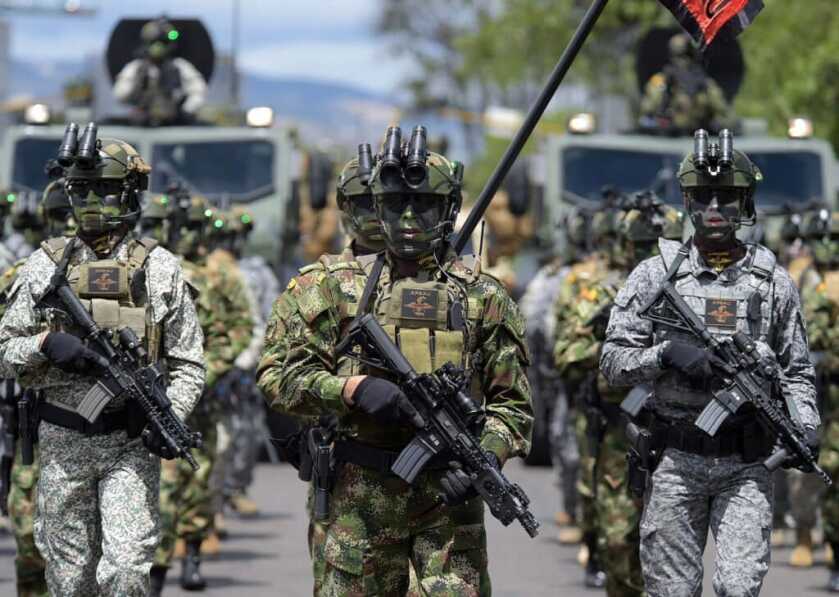
The coordinators supposedly made the necessary connections via WhatsApp. The former Colombian soldiers posted outside claimed they were told that they were being hired to provide security services for vulnerable Haitian politicians. A few were apparently expecting to be pulling security for Moïse himself. Some flew into the Haitian capital directly, while others landed in the Dominican Republic and entered via the Carrizal border crossing. Haitian conspirators arranged a safe house near the Presidential residence along with weapons and police sirens for their vehicles.
The Guns

Haiti has a most chaotic history. Prior to Operation Uphold Democracy, the American military intervention in 1994, the Haitian military fielded a fairly typical array of Western military equipment. This included Cadillac-Gage V100 Light Armored Vehicles as well as both 75mm and 105mm towed howitzers. Long guns included American M16s and German G3 battle rifles. Haitian security troops also wielded Uzi submachine guns. The standard Haitian military handgun was the Beretta Model 1951.

As a result of the US intervention, the Haitian dictator Raoul Cedras was deposed and replaced by the democratically-elected Jean-Bertrand Aristide. Starting in 2019 President Moïse embarked on a rearmament program. This resulted in weapons acquisitions from China, Russia, Brazil, South Korea, and Israel. The end result was a fairly eclectic collection of small arms.
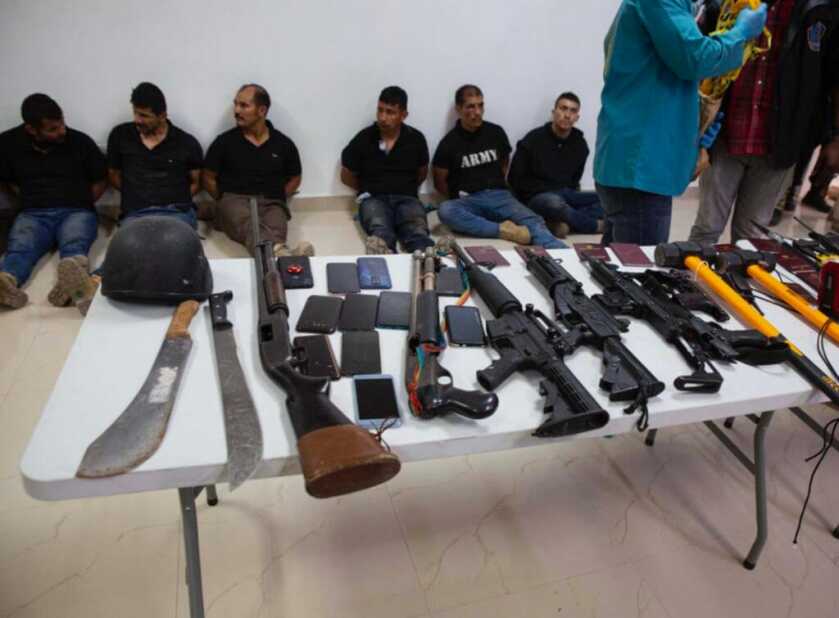
Though I haven’t found an inventory of the guns captured along with the attackers, I did discover a photograph or two. The array of weapons depicted includes a pair of combat handguns, a fairly archaic slide-action 12-gauge sporting shotgun, a Remington 870 with a pistol grip, a full-sized Uzi submachine gun, an M4 carbine, and an Israeli Galil ACE assault rifle. While the Uzi, M4, and sporting weapons are ubiquitous background clutter most anyplace people wish to kill each other, the Galil ACE is a curious find.
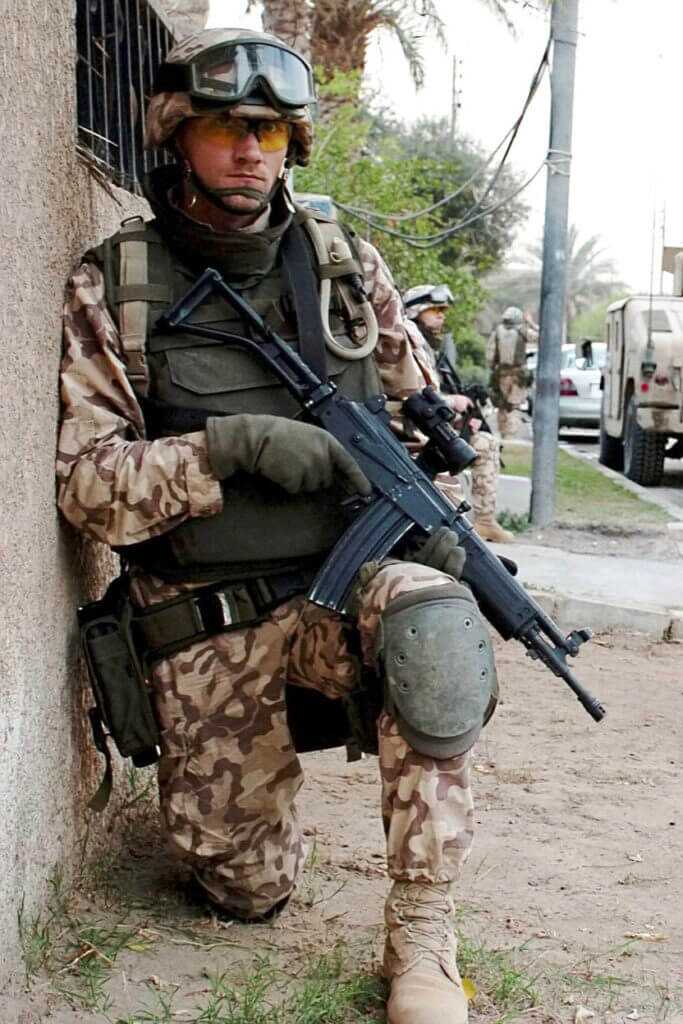
The original Israeli Galil assault rifle was a hybrid that combined features from the Kalashnikov, the M16, the FN FAL, and the Finnish Valmet. In fact, the first prototypes were built upon Valmet RK 62 receivers covertly obtained in Europe and smuggled into Israel. The Galil was first issued in 1972 and has since been produced in Israel and under license around the world. As a result, the Galil has seen service in conflicts ranging from Nicaragua to South Africa to Mogadishu to Myanmar.

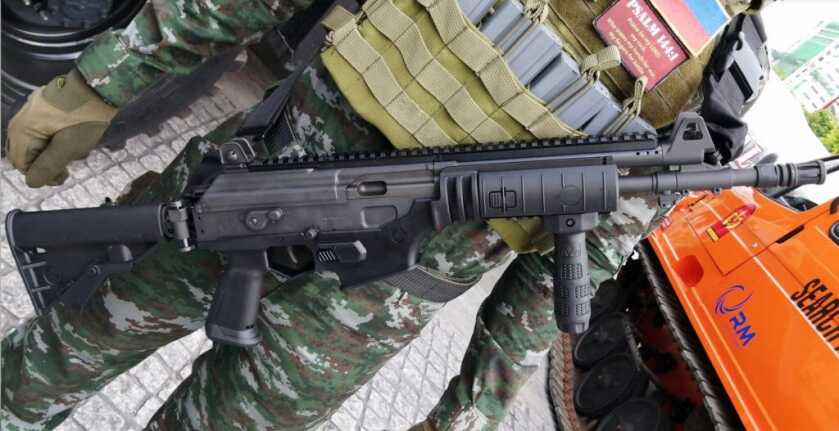
The Galil ACE was an evolutionary development of the original Galil designed to make the weapon lighter, handier, and more user-friendly. By combining a steel receiver with a polymer fire control housing as well as a few other strategic tweaks the weight dropped from around 9 pounds to 7.9. The ACE is offered in 5.56x45mm, 7.62x39mm, 5.45x39mm, and 7.62x51mm versions.
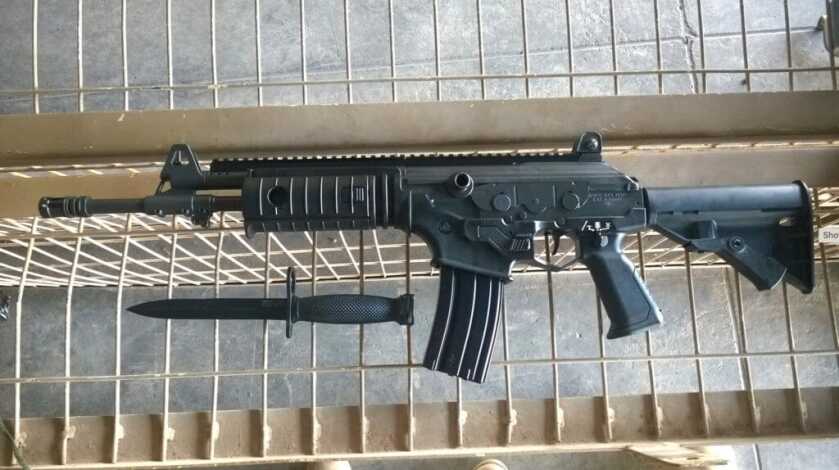
Other improvements include tritium night sights, a collapsible M4-style polymer buttstock, a left-side charging handle, and a last round bolt hold open on the 5.56mm version. MIL-STD-1913 Picatinny rails up front offer plenty of space for accessories, while the fire control system from the Galil sniper rifle produces a highly refined trigger experience. Contemporary users include Ukraine, Chile, Vietnam, Zambia, Peru, Laos, Colombia, and many more.
The Rest of the Story
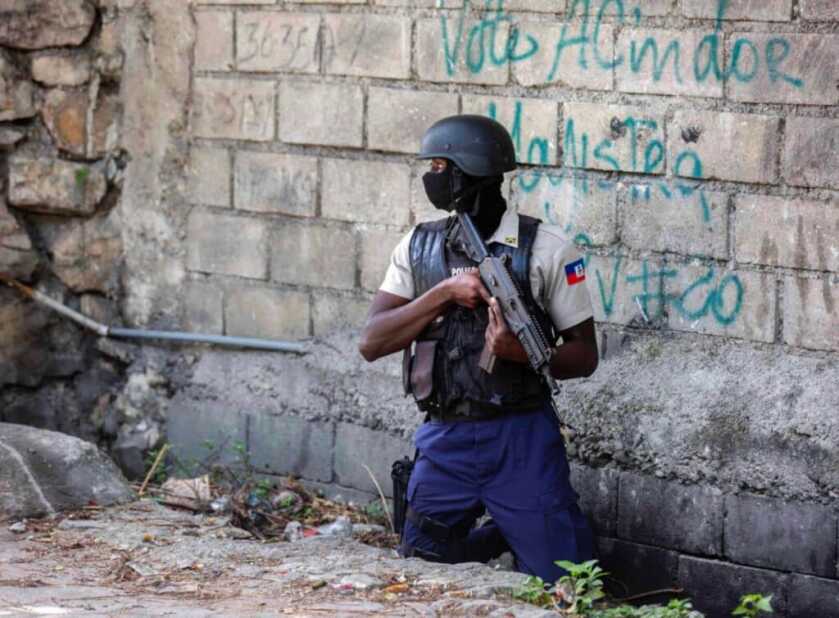
It is suspected that a substantial number of the mercenaries might not have appreciated the true nature of the operation. However, there resulted in a fierce running gun battle as these soldiers of fortune attempted to escape the country. One contingent took three Haitian police officers hostage and retreated into a nearby house.

Haitian cops surrounded the building and shot it out with the mercs. Three Colombians were killed, the Haitian hostages were freed, and the rest of the group was captured. Once word got out that the President had been assassinated angry Haitian civilians joined in the hunt. They torched several of the mercenaries’ vehicles and ultimately helped track down several of the Colombians who had been hiding amidst the foliage. Among the final count were the two American-Haitian operators.
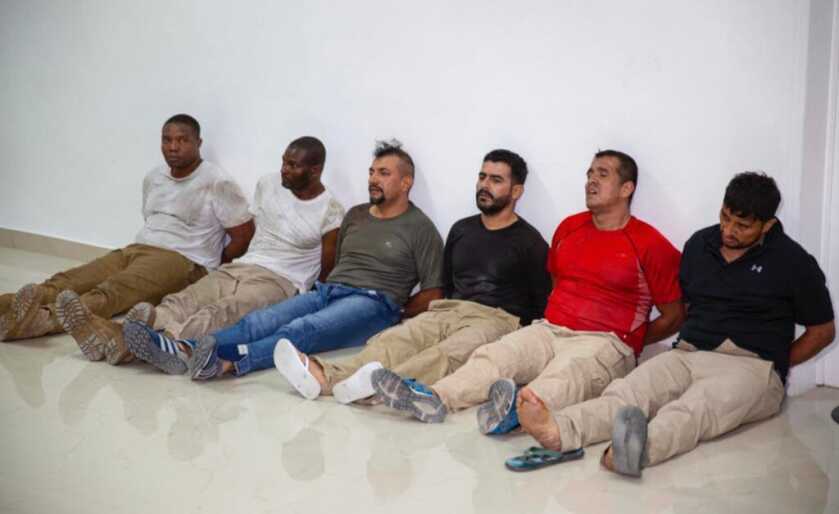
Eleven of the attackers broke into the nearby Taiwanese embassy apparently seeking refuge. However, the government of Taiwan waived their rights of extraterritoriality, and the Haitian police arrested these eleven without further incident. The remaining five have yet to be apprehended as of this writing.
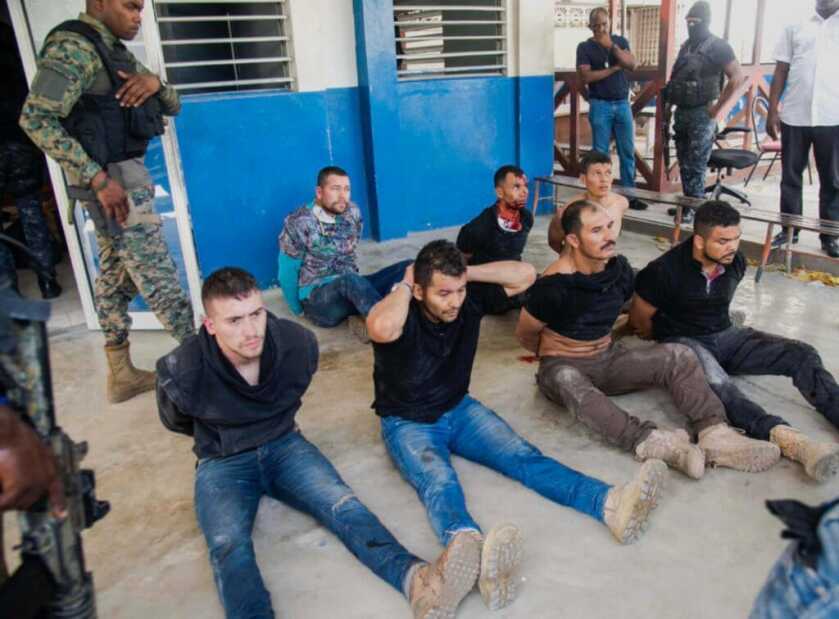
The two Haitian-Americans claimed they had been hired solely as translators. One of them was later discovered to have been a prior informant for the American DEA. Those ultimately arrested included disgruntled former Haitian politicians, members of President Moïse’s security team, a Venezuelan businessman, and scads of other folks.
Ruminations
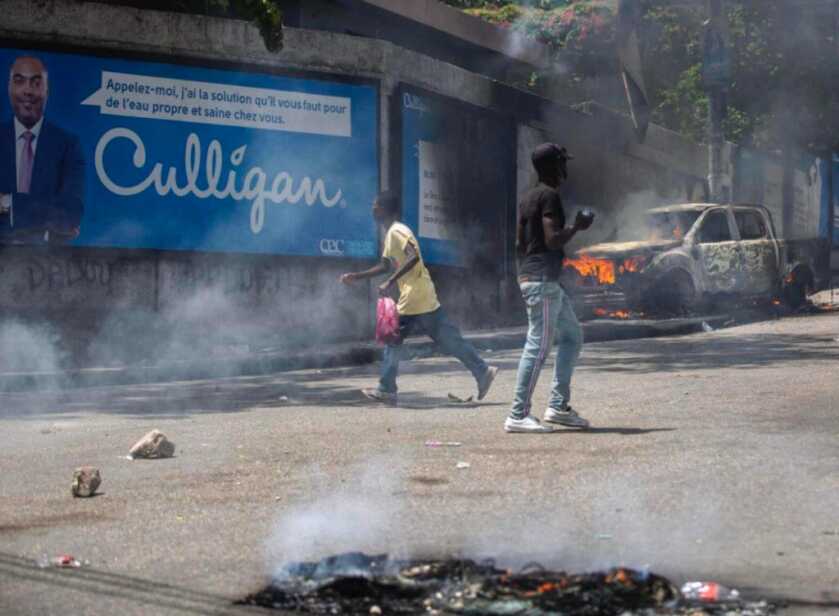
In response to the shockingly professional assassination of Haitian President Jovenel Moïse, many people in Haiti responded by stealing stuff and burning their neighborhoods down. I always foolishly figured that a national crisis was a great excuse to pull together and work toward a common goal. Apparently, folks in places like Seattle and Portland subscribe to the same mantra.

Haiti has long been a cesspool of crime, drugs, and violence. The assassination of the Haitian President did little to improve the situation. Gang violence increased across the country.

The funeral for President Moïse was intended to be a low-key affair, but it attracted its own share of controversy. Some mourners heckled the attending Haitian politicians, and there resulted a fairly ignoble application of both tear gas and gunfire. Foreign diplomats who gathered to pay their respects had wisely departed earlier.
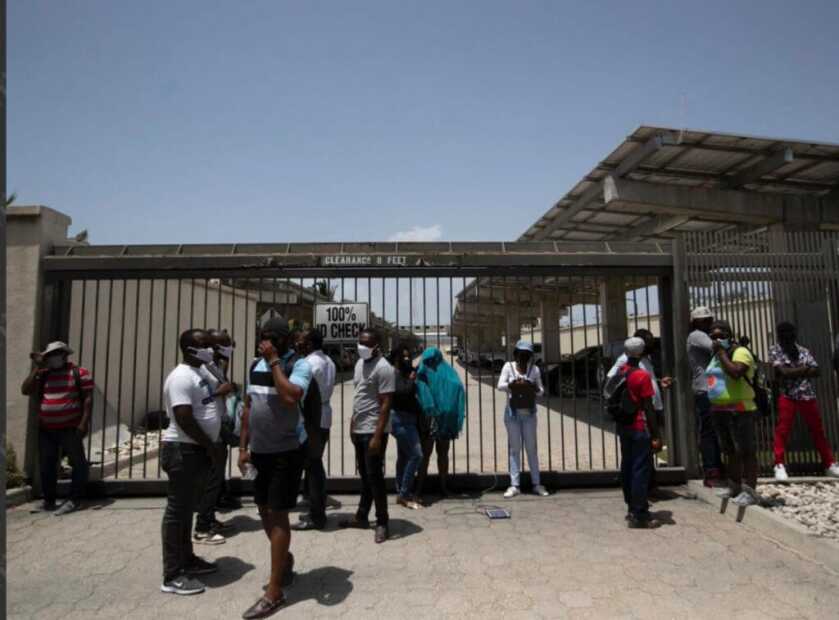
Somebody someplace started the rumor that the US was going to be handing out visas, so a mob descended upon the US embassy seeking that golden ticket to take them to the Big PX in the Sky. I think those Americans who seem convinced that America sucks so bad should consider swapping places with them.
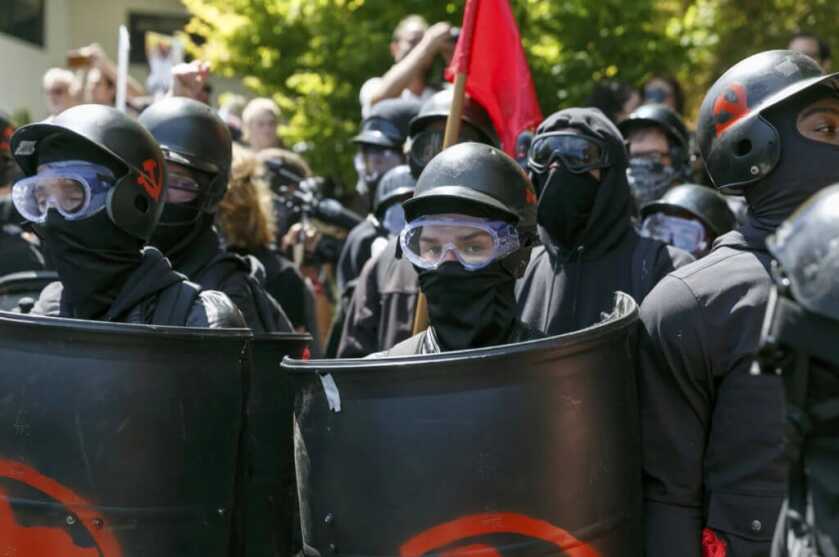
Addendum–43-year-old ex-Colombian commando Mario Antonio Palacios was apprehended in October 2021 in Jamaica after the issuance of an Interpol Red Notice. He was the only member of the Delta Team that actually did the shooting who had not been captured in Haiti. Palacios voluntarily agreed to travel to Miami, Florida, where he was arrested and charged with all manner of vile stuff. He is being tried in the US as much of the planning for the operation occurred here. He faces the prospect of life in prison if convicted. Another conspirator named Rodolphe Jaar was also arrested and sent to the US. He faces a similar fate. As of now, the remaining members of the team remain incarcerated in Haiti and have yet to be charged.


Only because you focused on the Galil so closely. The Galil was created out of the AK & Valmet design. Nothing really from the FN or M16. It always came with tritium night sights. Like the Valmet it always had a heavy milled receiver and was originally made for 5.56 & 7.62 NATO rounds. Not trying to nit pick, just clarifying.
Otherwise thanks for a most informative article.
Yes, they are screwed. They should have had a plan to get out of the country that night.
I agree with you. The FN and M16 influences on the Galil are limited to its folding stock and 5.56mm chambering. At the time of its development the M16 was one of the few 5.56mm weapons in common use.
Smart to wive extradition to the US. Nice cush US prison–especially compared to what they might get in Haiti.
I was under the impression , rightly or wrongly , that due to Haiti’s proximity
to the U.S.A. & their deplorable living conditions , Communist nations were
in a courtship with the ruling monarchies of that nation .
If I am mistaken , I’d be obliged for clarification on this matter .
At any rate , the story’s end result clearly demonstrates , as one sows , so
shall one reap .
But I thought the Clintons were going to help the Haitian people? LOL…. In 2010 Haiti received so much funding that they could have built a new home for everyone in the island. Every country not only did they send help they sent funding. The biggest contribution came from the the u.s. the money as usual was stolen with the help of YES…the u.s. politicians and investors. Leading the pack was the Clinton Crime Family. Is shameful and disgraceful that American companies just pillage the entire country of its money.
Another great article, Dr. thanks, keep up the great work.
Is there a fund that I can contribute to, to ship all the anti-American Communists to Haiti? If so, I’ll send a check today. Oh, wait, that would mean shipping almost all Democrats out, we’re going to need a bigger boat.
From what I have read about Haite, this small country has been a bummer for ever. Why it is that way is a great question. Those who have money have homes on the hill sides over looking the poor below. So if you want to defund the police, this is the place for you.
Thank you Mr. Dobbs for great stories.
As a post Vietnam contractor/body guard/kidnap hostage rescue specialist for twelve years…. I learned…. safe extraction is provably the most important part of a plan.
Whenever possible I rehearsed extraction through three different venues before taking on a job.
Never trust the people that hired you to provide safe extraction from the field. But let them think they have done so. Their extraction plan might be good… but always have your own alternatives.
A non military twenty-four man private hire group is impossible to extract without notice. The ideal size is no more than six.
These guys should have split up into four groups of six; had a change of clothes near by and boats to Miami waiting for them.
The part of the article about American protesters switching places with unfortunate Haitians is dumb.
Good job Will, thanks…
A little more than a decade ago, I went on a Missionary trip to Anse-à-Pitres, Haiti. Our team installed the first solar-powered well system for fresh water that I’m aware of in the entire impoverished nation. If folks think Port-au-Prince is austere, they have no idea how destitute the small villages are. Every over-the-ground fresh water source is highly contaminated with dysentery/cholera and the like completely rampant. All combustible vegetation has been stripped from the land, and a family will labor all day to procure a handful of charcoal to enable cooking a few grains of rice. Most “houses” consists of a hodgepodge of sticks, discarded debris, cardboard and a tarp. The really lucky commoners might be able to construct a 12′ x 12′ block house… IF they form/pour and dry their own blocks.
I second your suggestion that those within our own borders who are dissatisfied with, or outright hate things in our country to relocate to a small village in Haiti. Perhaps after a few years there, the memories of “oppression”, “systemic racism”, and “injustice” in the U.S. will have faded somewhat.